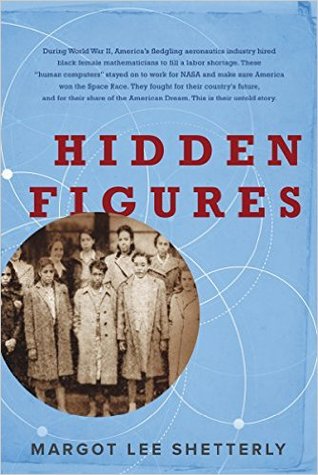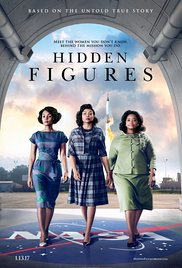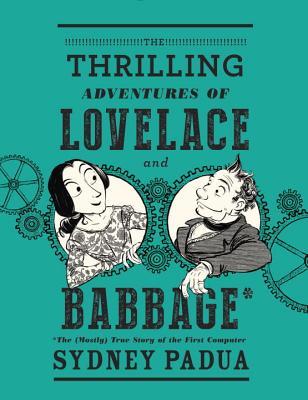 Red Team Blues (Martin Hench) by Cory Doctorow
Red Team Blues (Martin Hench) by Cory Doctorow Format: eARC
Source: supplied by publisher via Edelweiss
Formats available: hardcover, paperback ebook, audiobook
Genres: computer history, technothriller, thriller
Series: Martin Hench #1
Pages: 213
Published by Tor Books on April 25, 2023
Purchasing Info: Author's Website, Publisher's Website, Amazon, Barnes & Noble, Kobo, Bookshop.org, Better World Books
Goodreads
New York Times bestseller Cory Doctorow's Red Team Blues is a grabby next-Tuesday thriller about cryptocurrency shenanigans that will awaken you to how the world really works.
Martin Hench is 67 years old, single, and successful in a career stretching back to the beginnings of Silicon Valley. He lives and roams California in a very comfortable fully-furnished touring bus, The Unsalted Hash, that he bought years ago from a fading rock star. He knows his way around good food and fine drink. He likes intelligent women, and they like him back often enough.
Martin is a―contain your excitement―self-employed forensic accountant, a veteran of the long guerilla war between people who want to hide money, and people who want to find it. He knows computer hardware and software alike, including the ins and outs of high-end databases and the kinds of spreadsheets that are designed to conceal rather than reveal. He’s as comfortable with social media as people a quarter his age, and he’s a world-level expert on the kind of international money-laundering and shell-company chicanery used by Fortune 500 companies, mid-divorce billionaires, and international drug gangs alike. He also knows the Valley like the back of his hand, all the secret histories of charismatic company founders and Sand Hill Road VCs. Because he was there at all the beginnings. He’s not famous, except to the people who matter. He’s made some pretty powerful people happy in his time, and he’s been paid pretty well. It’s been a good life.
Now he’s been roped into a job that’s more dangerous than anything he’s ever agreed to before―and it will take every ounce of his skill to get out alive.
My Review:
Martin Hench doesn’t really believe in that saying about the best defense being a good offense. Or rather, that it may work just fine in other fields, but it doesn’t work at all in his.
Martin would describe himself as a forensic accountant. And it’s true for certain definitions of all of the words. But what Martin really does is provide leverage – and yes, that’s “leverage” in the sense of the TV series. When someone has used dirty tricks – even if said tricks are technically legal – to hide someone else’s money, Martin has the skills with money, spreadsheets and investigative techniques to figure out where that money went and get it back for you.
For 25% of the value of what gets returned. Martin is very, very good at his freelance gig.
Which is why one of his oldest and dearest friends asks Martin to clean up a terrible costly mistake. Which leads Martin into the tangled, thorny weeds of cryptocurrencies, blockchains and governmental bureaucracies determined to look the other way as long as harm gets reduced to “acceptable” levels. Meaning that their allies, agents and patsies don’t get caught with their hands in the cybersecurity cookie jar.
Martin doesn’t believe in that old saw about defenses vs. offenses because people can’t switch their mindset between being the offense – red teamers like Martin – and being on the blue team defense. From Martin’s perspective, the blue team has to be perfect 24/7/365, while the red team just needs to find one, single mistake and exploit it for all it’s worth. Usually a lot with the kind of businesses that Martin generally deals with.
But helping his friend Danny, figuring out who stole the cryptokey generating laptop that Danny should never have put together in the first place, is exactly Martin’s kind of job. An investigation into the cracks to find something hidden. It should have been an easy $250 million – or thereabouts.
When his investigation leads to three dead 20somethings and a trail of double-crosses, it becomes the kind of trouble that has Martin on the run from both the feds who want to protect their assets and the very nasty people who want to blame Martin for the doublecross.
Forcing lifelong red teamer Martin straight onto the blue team, desperate for a way to save his own life, knowing that all it will take is one mistake for it all to be over just when it’s really getting to be interesting.
Escape Rating A+: I galloped through Red Team Blues in a single sitting. It wasn’t any of the things I was expecting it to be, but it was just so damn good – and utterly compelling from the first to the last.
To the point where I seriously hope this is the start of a series (I just found out that IT IS!), because I want more of both Martin Hench’s adventures and his wryly acerbic and somewhat self-deprecative point of view.
Red Team Blues has the feel of a caper thriller. Rather like Leverage, in fact, or any thriller where the hero is running as fast as they can to get away from people who are out to get them for something they aren’t even responsible for while desperately seeking a way out of a jam that they should not even be in.
Those kinds of stories are always fun when they are done right – and Red Team Blues is absolutely done right.
What this isn’t, and what one might expect considering the author’s body of work (and that it’s published by Tor Books) is science fiction. This isn’t set in even a relatively near future. It’s now. Crypto and blockchain may not currently be in exactly the same state that they are in this story, but otherwise, it’s just now.
Which makes the whole thing just that much more fascinating, as Martin’s techniques about investigating the case and finding where the money went by mining social media and poking into publicly available information are all entirely possible. So what makes this such a compelling read is how he goes about it.
Being set in the now provides opportunities for all kinds of social and political commentary, set in Martin’s sometimes sarcastic, often world-weary, voice. In the end, I followed him because I liked him and wanted to see where he went and how he got out of the pickle that is trying to swallow him – one way or another.
So Red Team Blues is a technothriller where you don’t have to understand all the ins and outs of the techno in order to get fully immersed in the thriller. I had a ball with this one, and I hope you will too.
Martin Hench will be back next February in The Bezzle. YAY!

 Hidden Figures: The American Dream and the Untold Story of the Black Women Mathematicians Who Helped Win the Space Race by
Hidden Figures: The American Dream and the Untold Story of the Black Women Mathematicians Who Helped Win the Space Race by  Escape Rating A-: There are two aspects to my comments. On the one hand, there is the story itself, which is absolutely awesome and needs to be distributed to the widest audience possible. (
Escape Rating A-: There are two aspects to my comments. On the one hand, there is the story itself, which is absolutely awesome and needs to be distributed to the widest audience possible. ( The Thrilling Adventures of Lovelace and Babbage: The (Mostly) True Story of the First Computer by
The Thrilling Adventures of Lovelace and Babbage: The (Mostly) True Story of the First Computer by